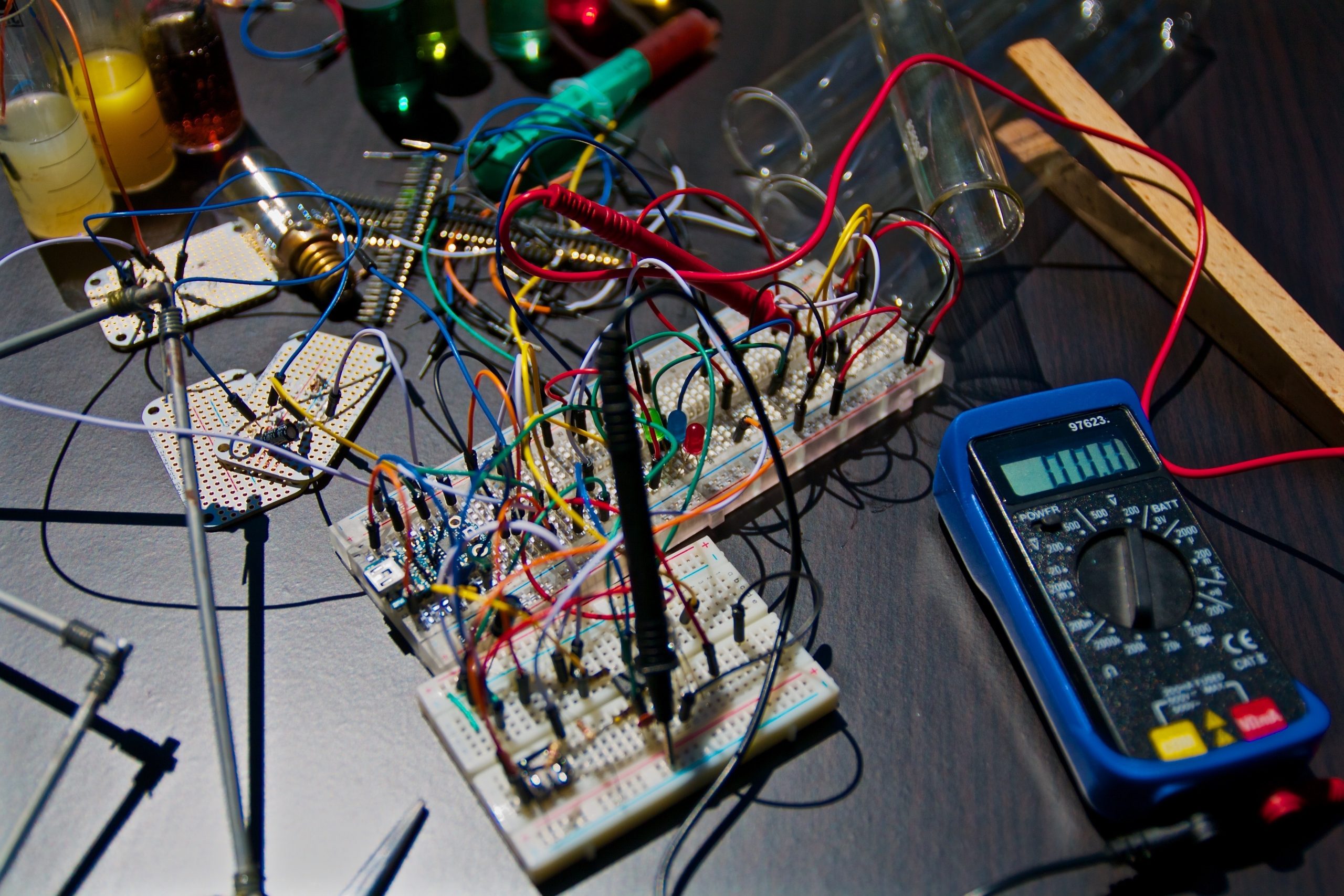Estimated reading time: 7 min
How Modern Technology Helps Us Capture Glimpses of Our History
The very nature of architecture means it offers us some of the clearest images of our collective history. Buildings and structures that have withstood the tests of time have given us clues as to the technologies, skills and crafts that were honed by our ancestors, not to mention the insight that they offer into the livelihoods and communities of past civilisations. In this article, we are going to look at how modern technology is helping make historic and ancient architecture more accessible to architects and amateurs alike.
There is so much to discuss on this topic we have decided to split it into two bitesize, easily digestible sections. The first will focus on two techniques that help us discover uncovered or inaccessible architecture. These buildings are the ones that still exist and technology helps us to see new details. The second section will focus on three further technologies that help us restore, preserve and reimagine ancient architecture. These buildings will have once existed but have been destroyed or decayed over time and technology enables us to rebuild them.
Discover!
Whether they are hard to get to, unsafe to wander or simply too large to explore alone, much of our surviving historical architecture has experienced little exploration or detailed examination. However, as our technology advances, we have begun to establish an intimate familiarity with these bastions to bygone eras.
Imaging: Laser and Thermal
In 2015 thermal anomalies in the pyramids of Giza were captured by an international team of architects and scientists. The anomalies indicated that there could be hidden chambers within the pyramid or the use of different building materials than around the exterior. This technology enabled architects and archaeologists to piece together a clearer idea of the layout of the Great Pyramid, over 4000 years after it was constructed.
While the thermal imaging of the pyramids only offers more clues to the construction and structure of the pyramids, imaging has been used in other projects to map entire buildings in unrivalled, meticulous detail. In 2010 architectural historian Andrew Tallon pioneered a laser imaging technique that captured the Notre-Dame in all of its glory and imperfection through 1 billion data points that, when stitched together, mapped out the cathedral in incredible detail and resolution. At the time, the study was important just in documenting the historic patchwork of the building’s different interlocking structures. However, after a fifteen-hour blaze tore through the medieval cathedral in 2019, Tallon’s 3D model is now at the centre of the restoration project that the whole world is watching. Whereas archived plans and sketches might be straight lines and right-angles, Tallon’s data offers degrees, curves and measurements with astonishing accuracy, showing where the building had sagged, moved and contorted over time.
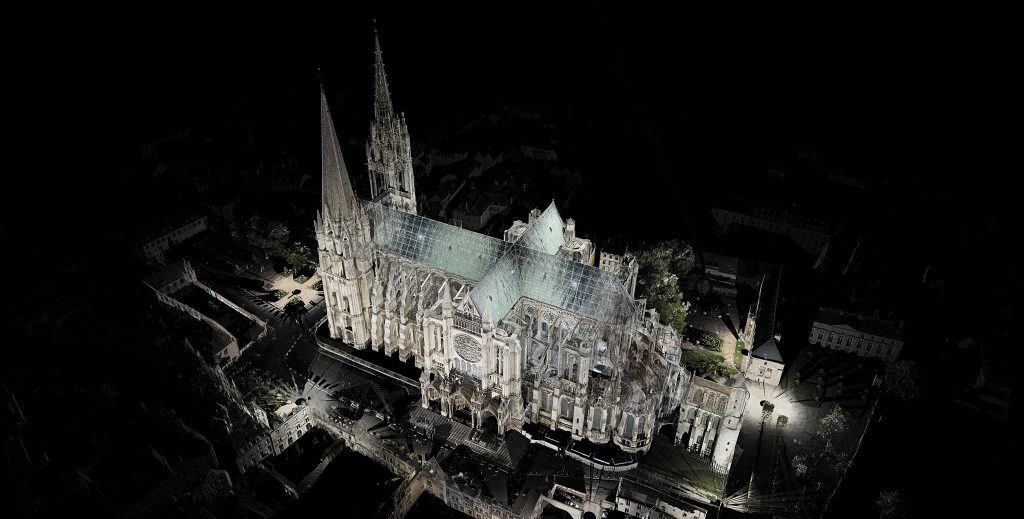
Muon Tomography
This isn’t to say that the pyramids haven’t seen their fair share of game-changing technologies capture and explore their secrets. Two years after the thermal anomalies were recorded in the Great Pyramid, a team of physicists revealed a 100-foot-long void situated near the King’s Chambers, with a similar cross-section to the pyramid’s Grand Gallery. They discovered this new chamber using a technology called Muon Scattering Tomography (MST). MST works by scattering negatively-charged muons (similar to electrons) and observing the way they interact with and/or deflect off other materials. Unlike electrons or other forms of radiography, muons lose very little energy when travelling, and so are able to penetrate denser materials more deeply, giving new scope for discovery!
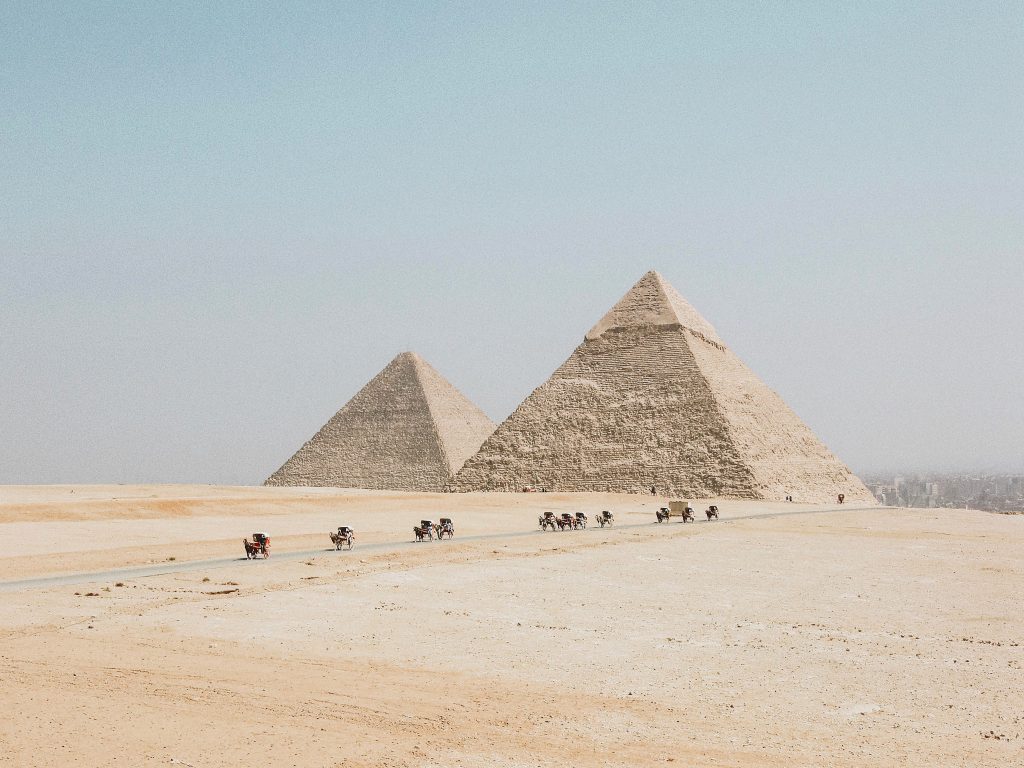
Restore and Preserve!
As we’ve discussed above, technology has long helped us explore the ancient and ageing architecture that has survived the trials and tribulations of history. However, recently technology played an equally important role in rebuilding and restoring the structures that were lost to time.
3D Printing
One of the more fascinating, practical developments in building restoration over the last decade has come in the form of 3D printing. After the fires at Notre-Dame in 2019, Dutch company Concr3de proposed a restoration project that wouldn’t not only rebuild the cathedral as it was but even using some of the fire-damaged materials in doing so. Using a mixture of broken-down limestone and ash, fire damage would have no effect on the integrity of the new building blocks. The company’s custom 3D printer is fine-tuned to work with stone and stone-like materials with a precision of 0.1 millimetres.
3D printing has also taken hold of American architectural practices. The architecture firm EDG developed a whole new method of digital sculpture called ‘Modern Ornamental’ which uses 3D printing to construct complex moulds which then use concrete to reproduce some of New York City’s ornamental facades in order to preserve the city’s rich architectural history. Their method, unlike the proposals for the Notre-Dame, doesn’t rely on printing solid parts or printing with the building materials themselves, making the method more cost-effective, but perhaps offering less authenticity for the restoration itself.
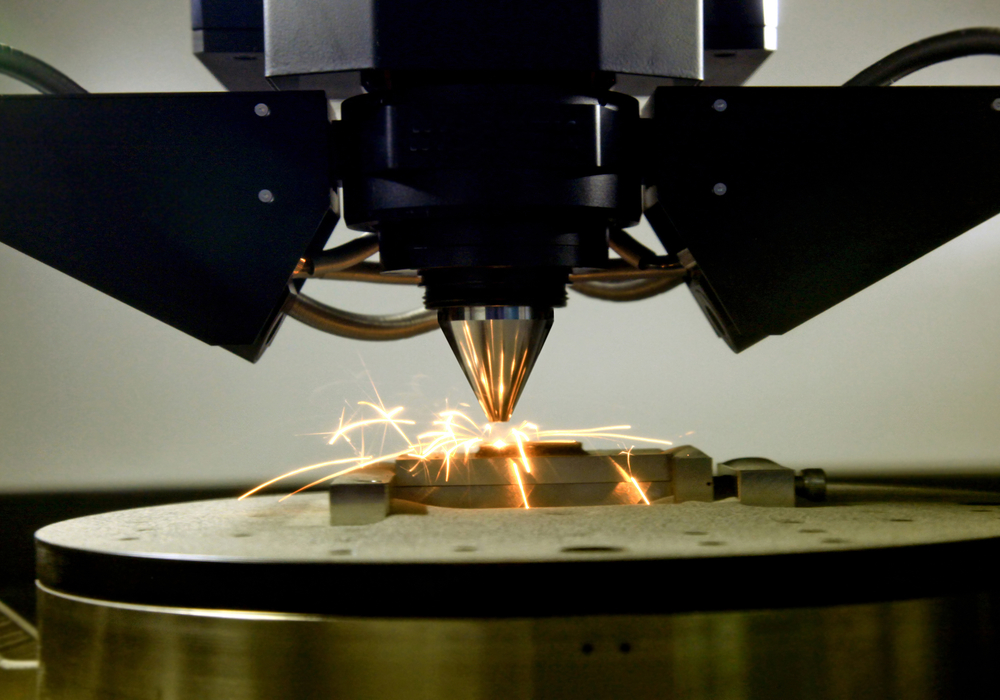
Reflectance Transformation Imaging
A specific and rather niche technology, reflectance transformation imaging (RTI) gives the observer the opportunity to view historic interiors as they were intended by the original designers. A fantastic example of this is with mosaics in places of worship during early Christianity (such as the apse Jesus mosaic from the Church of San Michele, now housed in the Bode Museum in Berlin). RTI uses a fixed camera and multiple lighting angles processed through graphics software to enable a virtual light source which can be controlled by the user observing the artwork. Through these virtual light sources, which are able to simulate light from different angles, at different intensities and even at different wavelengths the observer is able to reveal surface phenomena and details that are not visible to the naked eye. The RTI technology can help identify artistic details and artificially restore colours, helping us to envisage these designs and architectural artefacts in their prime
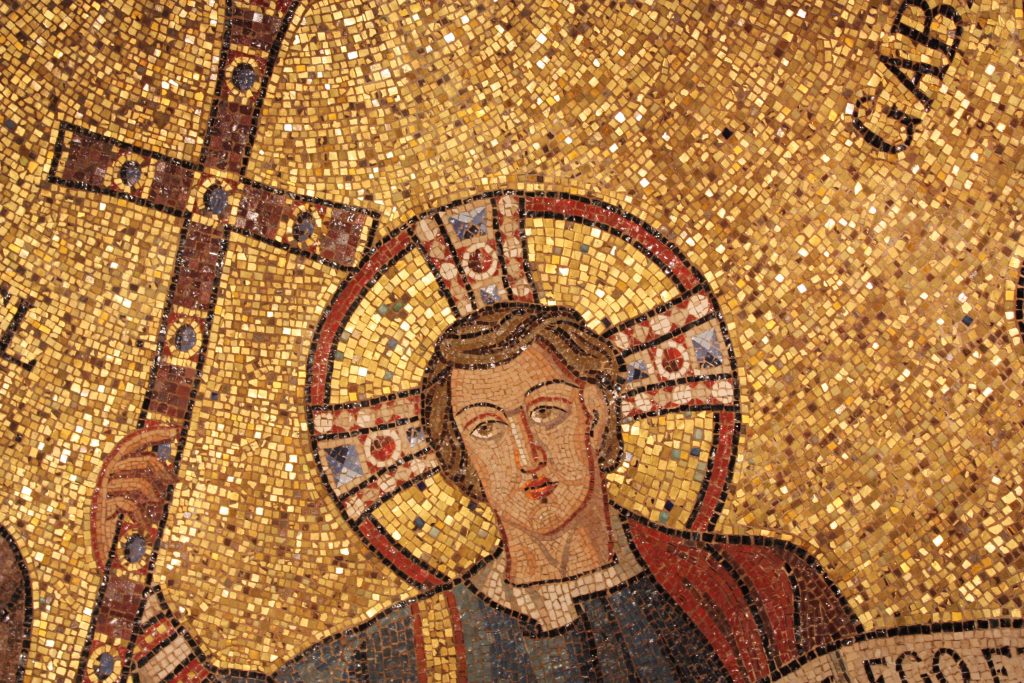
Virtual Reality
How many of our new technologies have the scope and potential of Virtual Reality? Encouraging collaboration between scientists, software developers, graphic designers, historians, archaeologists and architects, Virtual Reality has the capability of reimagining and rebuilding entire ancient cities. One such project is the ambitious “Rome Reborn” project. The culmination of work from over 50 academics across more than 30 years, Rome Reborn is a VR experience that allows the user to ‘float’ over Rome during its peak in A.D. 320. Needing as little as a computer screen, a user can experience Roman architecture in detail and become fully immersed in the ancient city. The project enables people to appreciate the reality of the magnitude of the city and its grandeur.
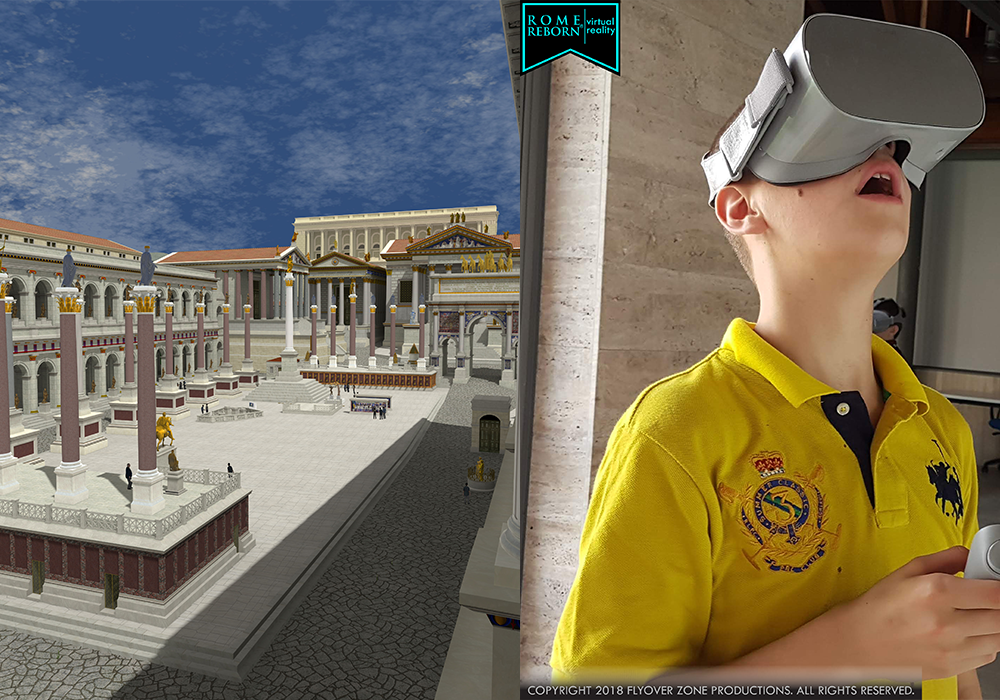
Wire-Tapping
One of the elements of restoration and preservation we haven’t yet considered for ancient architecture is the impact of the natural environment. While the technology surely doesn’t exist to prevent nature from taking its course with barely stable walls and crumbling ruins, it can be used to help create warning systems to identify possible collapses. How is this done? Through military-grade wire-tapping! In 2014 the preserved historic city of Pompeii has been dotted with high-tech sensors so that heritage teams can ‘listen’ to the city and pinpoint the exact location of impending structural failures or seismic activity. By predicting the sites of collapse before it occurs, steps can be taken to prevent or reduce the damage caused and thus preserve the city for generations to come.
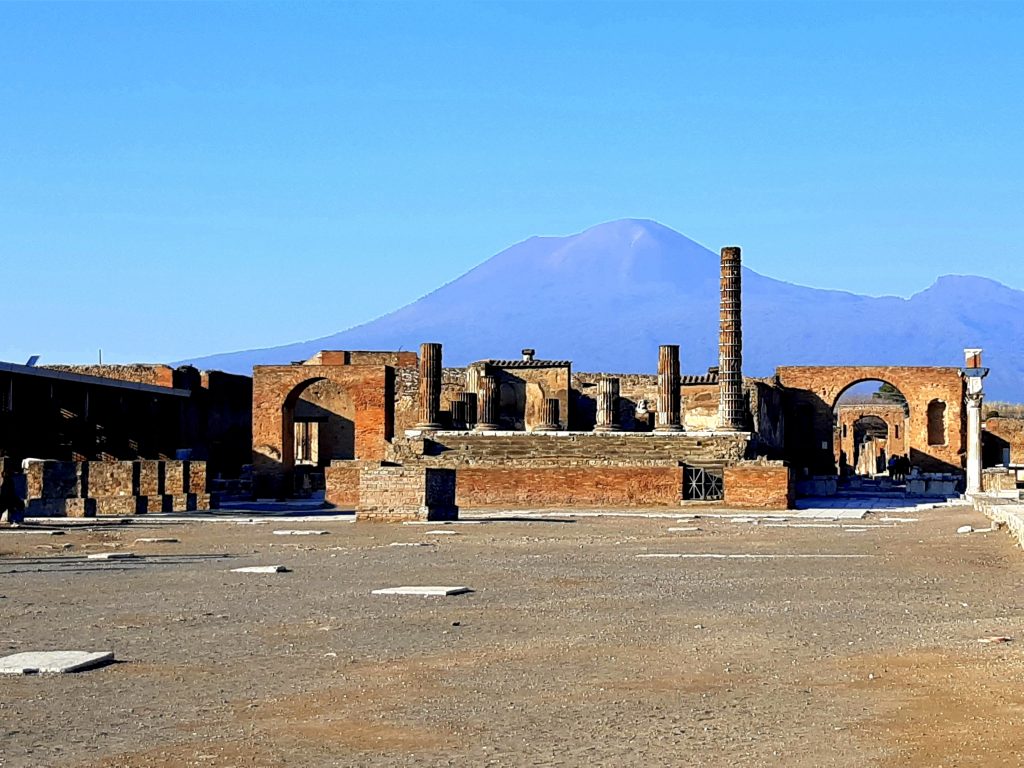
Technology to Talk About
This article has barely scratched the surface of the possibilities that technology can offer to improve our access to ancient architecture, both now and in the future. While just an introduction to the topic, we hope you feel inspired to read more about accessing ancient architecture and perhaps take a visit to some of the sites we’ve discussed! Architecture is often the only remaining legacy of bygone civilisations and with so many insights to offer us about our own histories, it is important we maintain it for future generations.


